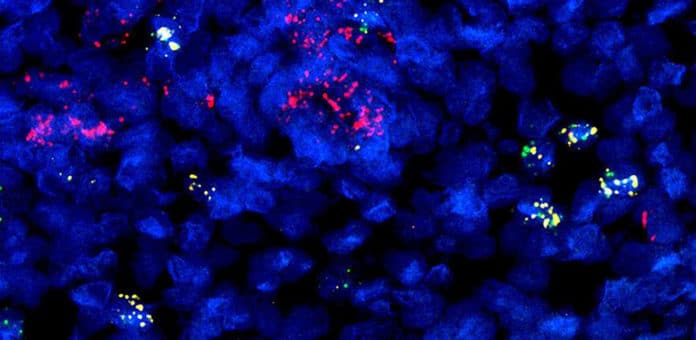The human immune system is composed of many different cell types. However, less is known about the fine-grained variations in these cell types across organs. Now, scientists from the University of Cambridge, Wellcome Sanger Institute, and collaborators have created an open-access atlas of the immune cells in the human body. They genetically mapped previously underexplored immune cell populations across multiple tissues through this map. This work offers new insights into how our immune systems work.
Scientists explored the similarities and differences of the same types of immune cells across 16 different tissues. Knowing more about immune cell features and behaviors in these tissues could aid future research into vaccines and anti-cancer medicines that attempt to induce or improve an immunological response to fight disease.
Scientists also developed a database to automatically classifies different cell types, called CellTypist. Through this, they could identify almost 100 distinct cell types.
The CellTypist and further analysis helped scientists create a cross-tissue immune cell atlas that revealed the relationship between immune cells in one tissue and their counterparts in others. They discovered commonalities and variances in specific immune cell groups, such as macrophages. Some memory T cells, for example, have distinct characteristics depending on the tissue they are in.
By sequencing the antigen receptors found on T and B cells, scientists revealed new insights into immune system memory. This shows the different states that T and B cells undergo if exposed to an antigen, such as those found in bacteria and viruses.
Dr. Cecilia Domínguez Conde, a co-first author from the Wellcome Sanger Institute, said: “We have created a novel catalog of immune cells within the human body, allowing us to automatically identify cell types across multiple tissues. By using single-cell sequencing data, we have revealed around a hundred different kinds of immune cells, including macrophages, B cells, and T cells, uncovering crucial information about how the immune system works. We want to thank the donors and their families for making this research possible.”
Dr. Joanne Jones, a co-senior author from the Department of Clinical Neurosciences at the University of Cambridge, said: “In this research, we not only identified distinct types of immune cells, but we also found that certain immune cell types follow specific tissue distribution patterns. Understanding the varying behaviors of the same type of immune cell in multiple body areas can help inform research into the disease and how treatments that target these cells might impact other tissues.”
Dr. Sarah Teichmann from the Wellcome Sanger Institute and the Department of Physics at the University of Cambridge, co-founder of the Human Cell Atlas, said: “Our multi-tissue immune cell atlas is a step towards understanding how the immune system functions throughout the entire body and is an important contribution towards the Human Cell Atlas. In addition to creating a new resource for researchers to classify different cell types, our work will have many translational implications, including serving as a framework for developing therapies to fight immune-related diseases and managing infections.”
According to scientists, this atlas can be used as a framework to identify which immune cells could be useful to activate when designing new therapeutics that focus on guiding or supporting the immune system.
This study is part of the international Human Cell Atlas (HCA) consortium.
Journal Reference:
- C. Dominguez Conde et al. Cross-tissue immune cell analysis reveals tissue-specific features in humans. DOI: 10.1126/science.abl5197
